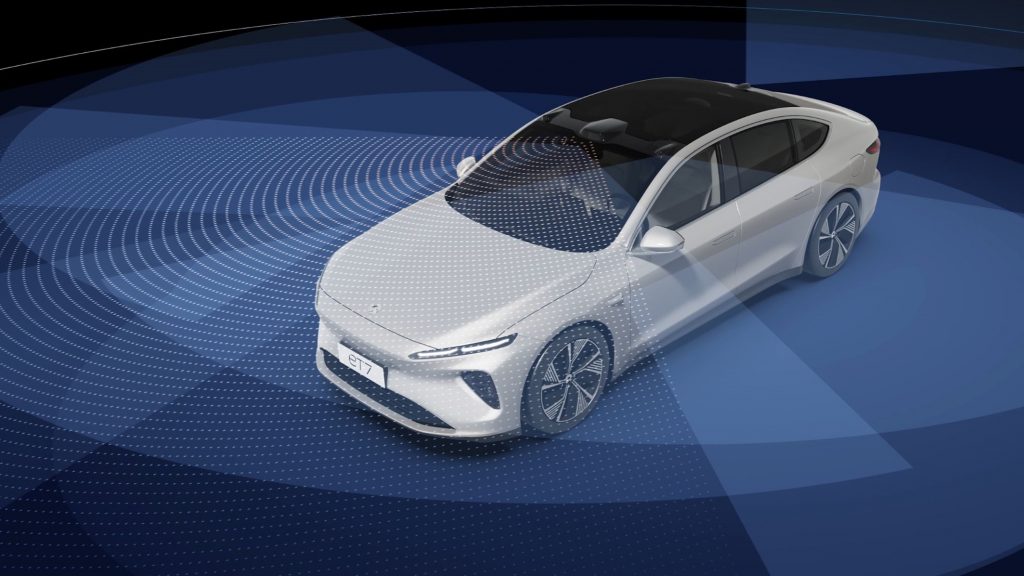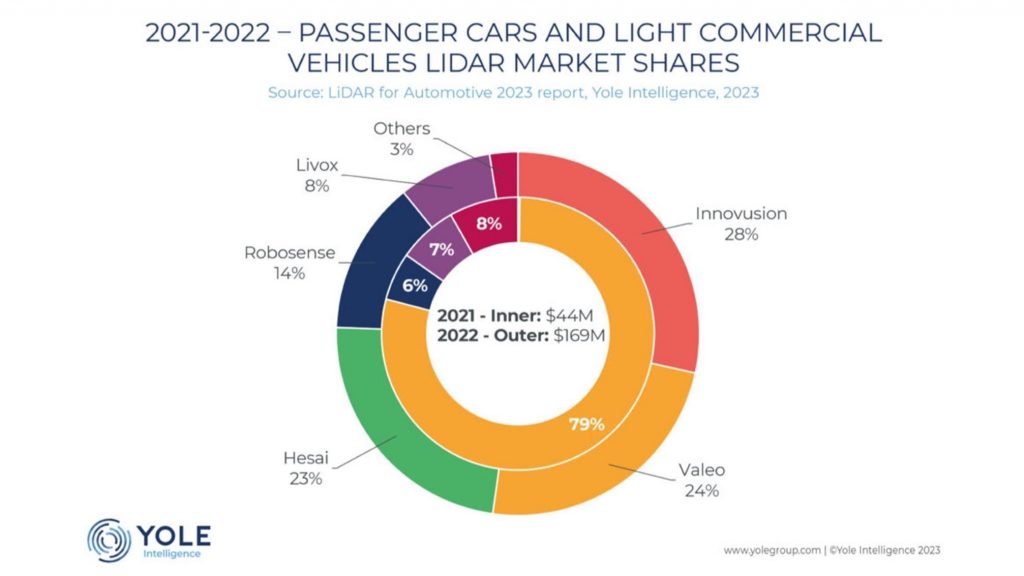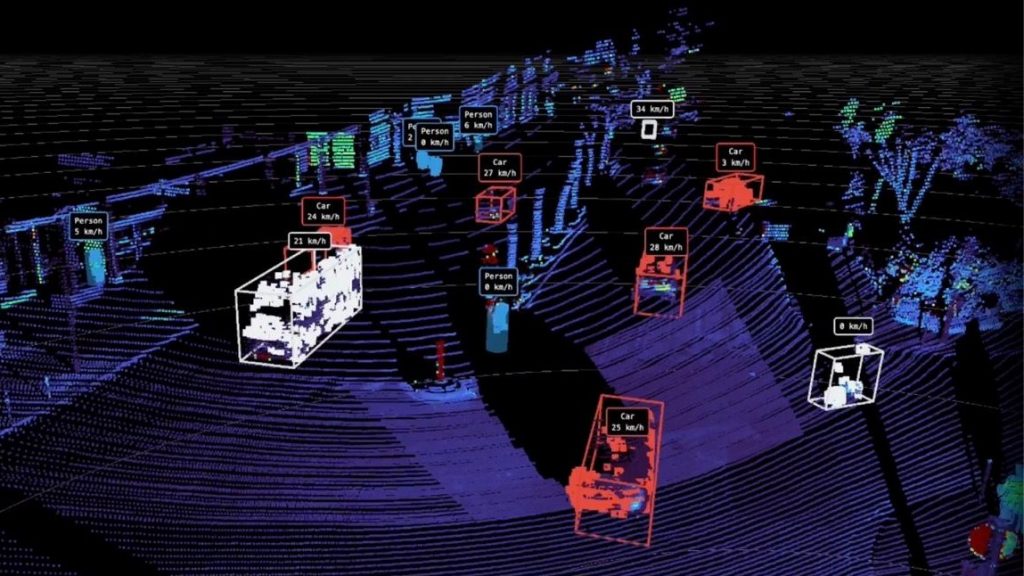
Earlier this month, Silicon Valley-based lidar innovator Innovusion announced that it had delivered 200,000 lidar units this year. The Palo Alto, CA-based company’s portfolio of lidar solutions is headlined by the automotive-grade Falcon that has been a standard configuration of the Aquila sensing suite for eight Nio models including the ET7, ES7, and ET5 since 2022.
The Nio applications have rapidly propelled the company to a 28% market share in the 2021-2022 timeframe for passenger cars and light commercial vehicles, according to Yole Intelligence’s Global Automotive LiDAR Market and Technology Report 2023. The company significantly outperformed Yole’s projected forecast from the previous year and led both sales volume and revenue for those markets in 2022.
“We’re thrilled to have achieved this milestone of producing 200,000 lidar units this year,” said Junwei Bao, CEO and Co-founder of Innovusion. “Innovusion is highly focused on enabling mass production while ensuring we create the highest quality sensors for our customers.”

According to the Yole report, the global demand for vehicle-based lidar continues to grow, with market revenue anticipated to rise to nearly $4.5 billion by 2028, up from $300 million in 2022.
Innovusion’s annual production capacity is currently at over 300,000 units, and the company is planning new production lines to meet the market’s increasing demand.
Falcon’s capabilities fit the high-performance needs of autonomous driving, detecting objects at distances up to 500 m and dark objects with 10% reflectance up to 250 m. The system produces 1500 configurable scan lines per second, creating an image-like 3D point cloud that allows for greater confidence in detecting and classifying objects.
In 2021, Innovusion said it developed the world’s first automotive-grade high-performance lidar supply chain from scratch. Currently, the company’s “lightweight” production line has achieved 90% automation, ensuring timely and efficient production.
The challenges of large-scale mass production of high-performance lidar are significant, according to Innovusion. In the automotive sector, producers must pass stringent requirements for product manufacturability, supply chain maturity, production cycle, and reliability—while maintaining precise assembly of optical instruments, orderly mass production at a fast pace, and guaranteed product performance and yield rate. Lidar is also susceptible to the challenges of many emerging technology fields in the automotive industry such as low maturity of initial industrial chains, lack of large-scale industrial production capacity, and difficulty in ensuring mass production landing, production consistency, and quality control.
Innovusion emphasizes the importance of collaborations to help drive growth in its pursuit of advanced lidar solutions. In addition to Nio, the company has been working with other companies in the space including TuSimple, EACON, Deepway, Autra Tech, and Mogo Auto.
Innovusion is hoping to shape the future in the space using its image-grade lidar sensors, that stretch from mid- to ultra-long-range applications, beyond the automotive sector with vehicle manufacturers and their suppliers to technology multinationals and leaders in industrial automation and smart transportation sectors.
This year, it announced partnerships with several companies including Wideye, Exwayz, and D2 Traffic, to bring cutting-edge lidar to Intelligent Transportation Systems (ITS) industries for safer and smarter transportation. Its most recent ITS-related partnership announcement is with 3D spatial intelligence software company Outsight so the latter’s 3D perception technologies can be deployed at a large scale for the infrastructure.

“Our partnership displays the commitment of both parties to furthering the adoption of innovative perception technologies like lidar in the ITS industry,” said Bao.
Outsight’s software transforms raw data from 3D lidar into actionable insights, analyzing in real-time the position, movement, and speed of people, objects, and vehicles in complex environments including densely populated areas. Its solutions are engineered to make lidar technology more accessible and usable across a multitude of sectors for enhanced situational awareness in many environments.
“Long-range 1550-nm lidar certainly has a bright future, and now our customers and partners can leverage this high-resolution data as actionable information,” said Raul Bravo, President and Founder of Outsight.
The partners aim to bring new design intelligence and modern detection methods to intersections and highways, increasing the safety of vehicles, pedestrians, and vulnerable road users.
Outsight execs believe that accelerating the adoption of lidar technology through robust and scalable software solutions will significantly contribute to making the world smarter, safer, and more sustainable. Operators of transportation hubs like airports and train stations, but also sports venues, road infrastructure, and industrial sites can now access accurate and anonymous spatial intelligence data to improve operations and increase user safety and satisfaction.

